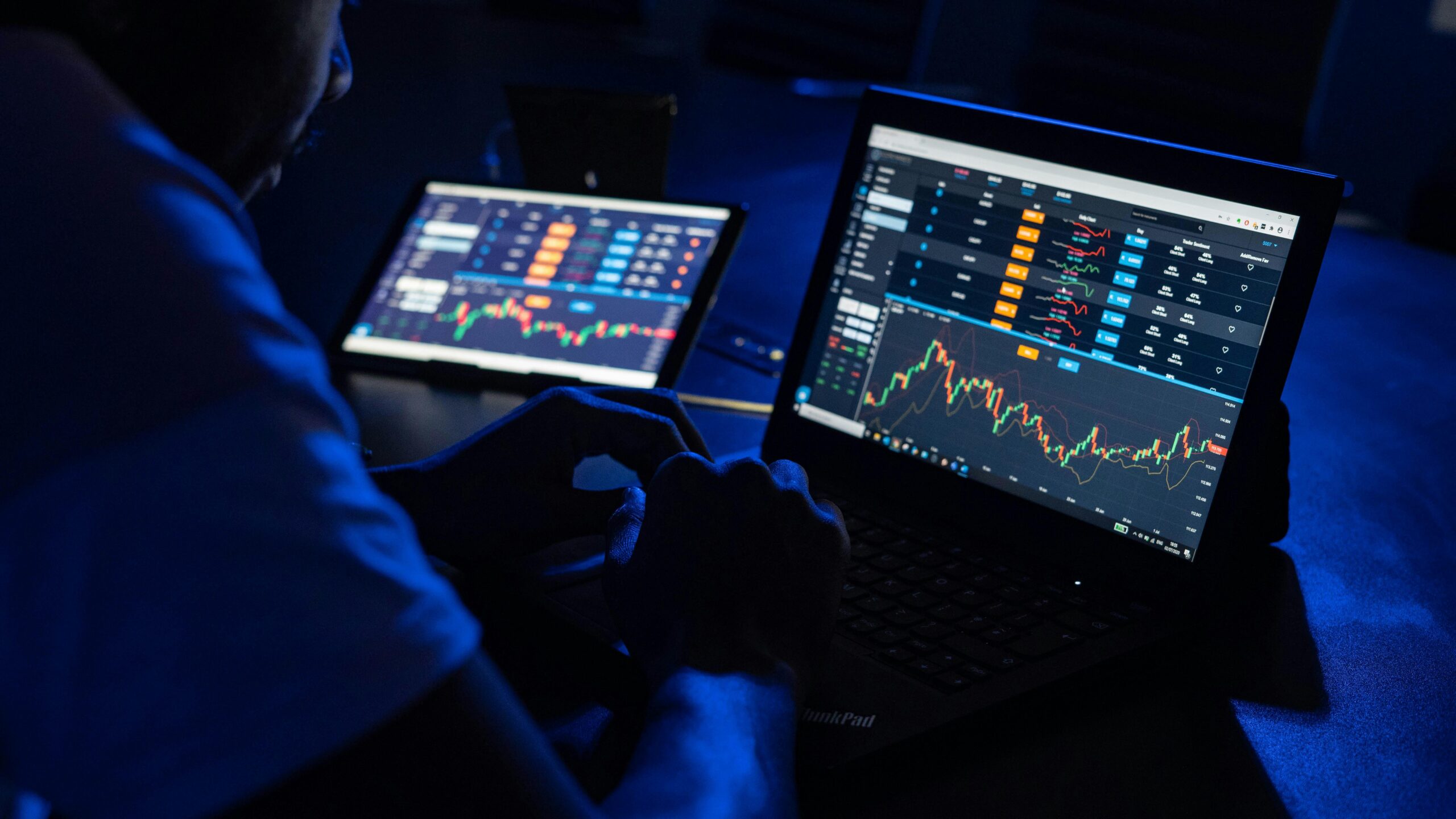If you are new to forex trading, you will quickly come across the term forex pip. Understanding what a pip is, how it works, and why it matters is essential for making smart trading decisions. This small unit of measurement can have a big impact on your profits or losses. Let’s break it down step-by-step so you can trade with more confidence.
What Is a Forex Pip?
A forex pip stands for “percentage in point” or “price interest point.” It is the smallest standard price movement in a currency pair. For most major currency pairs, one pip equals 0.0001. That means if the EUR/USD moves from 1.1000 to 1.1001, it has moved one pip. However, for currency pairs involving the Japanese yen, a pip is 0.01 instead of 0.0001. This is because the yen has a much smaller value compared to other major currencies. Pips make it easier for traders to discuss and measure price movements without using long decimal numbers. Instead of saying “the price moved 0.0005,” you can simply say “it moved 5 pips.”
Why Does a Forex Pip Matter?
Every trade you make in forex involves changes in pips. Even a small movement can add up, especially when you are trading large positions. A forex pip helps you:
-
Measure price changes
-
Calculate potential profits or losses
-
Compare the volatility of different currency pairs
If you do not understand pips, you might miscalculate your trade size or risk, which can lead to unwanted losses. By tracking pip movements, you can better manage your trades and stay in control.
How to Calculate the Value of a Forex Pip
The value of a pip depends on your lot size and the currency pair you are trading. A standard lot in forex is 100,000 units of the base currency. For most currency pairs, one pip equals $10 for a standard lot, $1 for a mini lot (10,000 units), and $0.10 for a micro lot (1,000 units).
Here is a simple formula to calculate the pip value:
Pip Value = (One Pip / Exchange Rate) × Lot Size
Example: If you are trading EUR/USD at 1.2000 with a standard lot, one pip (0.0001) would be worth $10.
By understanding this calculation, you can plan your trades and set stop-loss or take-profit levels more effectively.
Pips vs Points vs Ticks
Many traders confuse pips with points and ticks. While they are all units of measurement, they have different uses.
-
Pip: The smallest standard price movement in forex.
-
Point: In forex, a point often refers to a 10-pip movement.
-
Tick: The smallest price movement in any market, which can vary depending on the instrument.
Knowing the difference ensures you interpret market data correctly and avoid costly mistakes.
Using Pips in Risk Management
A forex pip is a key part of risk management. Before entering a trade, you can calculate how many pips you are willing to risk. For example, you might decide to risk 50 pips on a trade with a stop-loss order. This helps you control losses if the market moves against you. Risk management with pips also allows you to compare trades across different currency pairs. You can determine whether a trade has a good risk-to-reward ratio based on pip distance between entry and target levels.
How Pips Affect Your Trading Strategy
Whether you are a day trader, swing trader, or long-term investor, pips are part of your daily decision-making. Scalpers may look for a few pip gains per trade, while long-term traders may aim for hundreds of pips over weeks or months. If you plan to trade with the best broker, having accurate pip tracking tools can make your strategy more effective. Many trading platforms, including those from Exness broker, provide built-in pip calculators and charting features to help you stay precise.
Why Beginners Should Master Pips Early
Understanding pips early in your trading journey can prevent big mistakes. New traders sometimes focus only on the profit amount without realizing how pip movements relate to position size and leverage. This lack of knowledge can lead to overtrading and increased risk.
By mastering pips, you will be able to:
-
Set realistic profit targets
-
Manage your stop-loss levels
-
Control your exposure to market volatility
These skills form the foundation for successful forex trading.
Conclusion
A forex pip might seem like a small detail, but it plays a huge role in your trading success. From measuring price changes to managing risk, pips are essential for both beginners and experienced traders. If you want to trade with a trusted and regulated broker that offers precise pip tracking, you can consider trading with Exness broker. For any type of trading-related help, feel free to contact us. The right knowledge and tools can help you make smarter decisions and improve your forex trading results.







